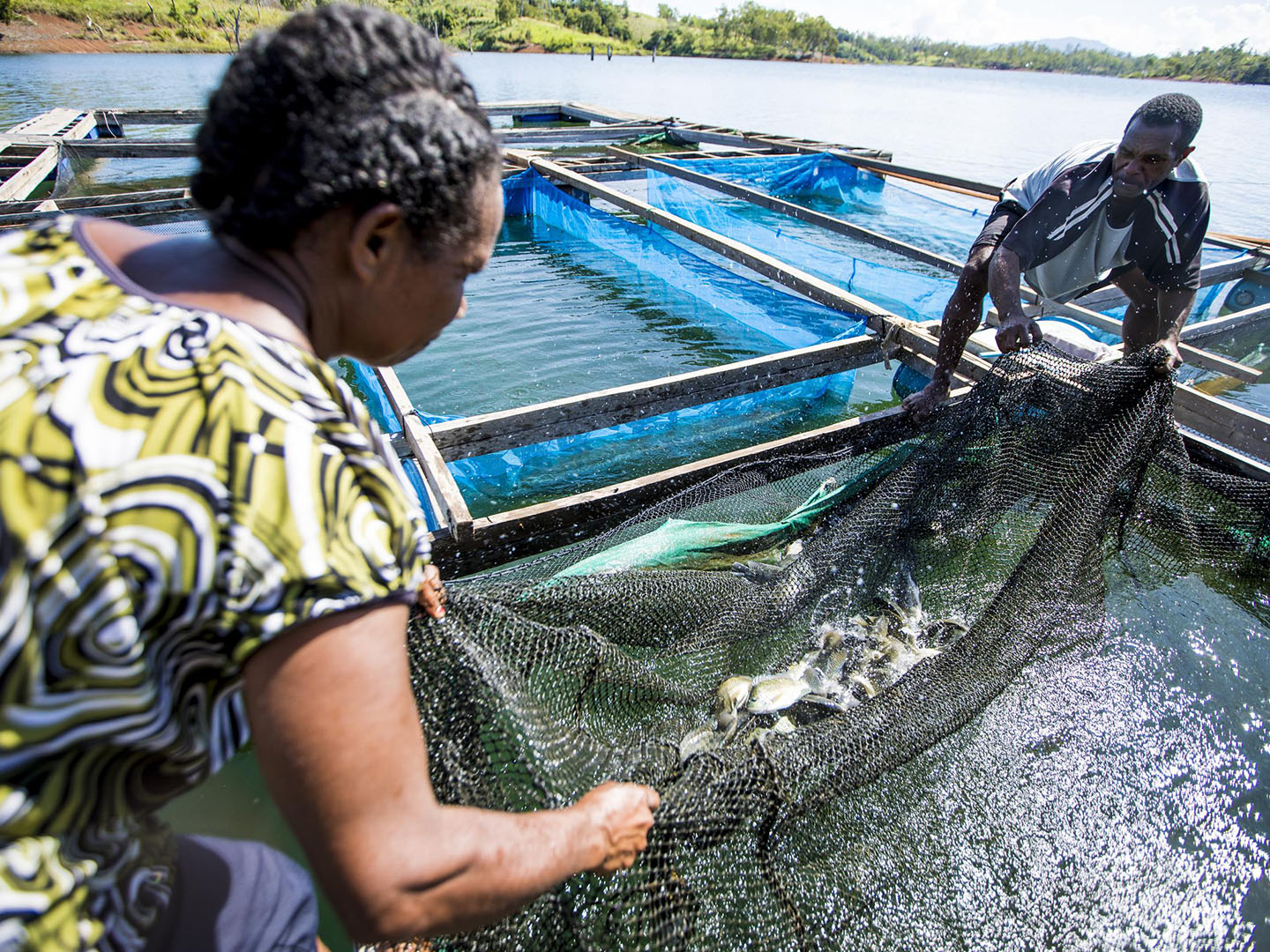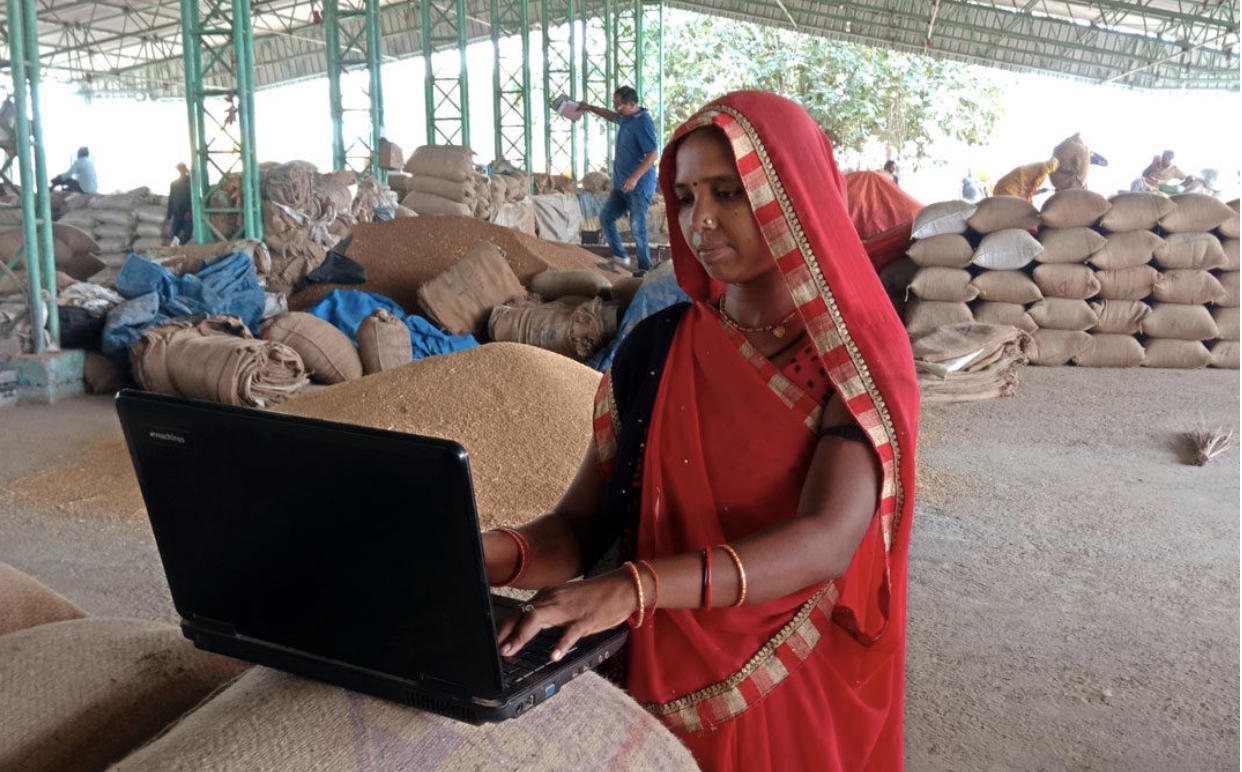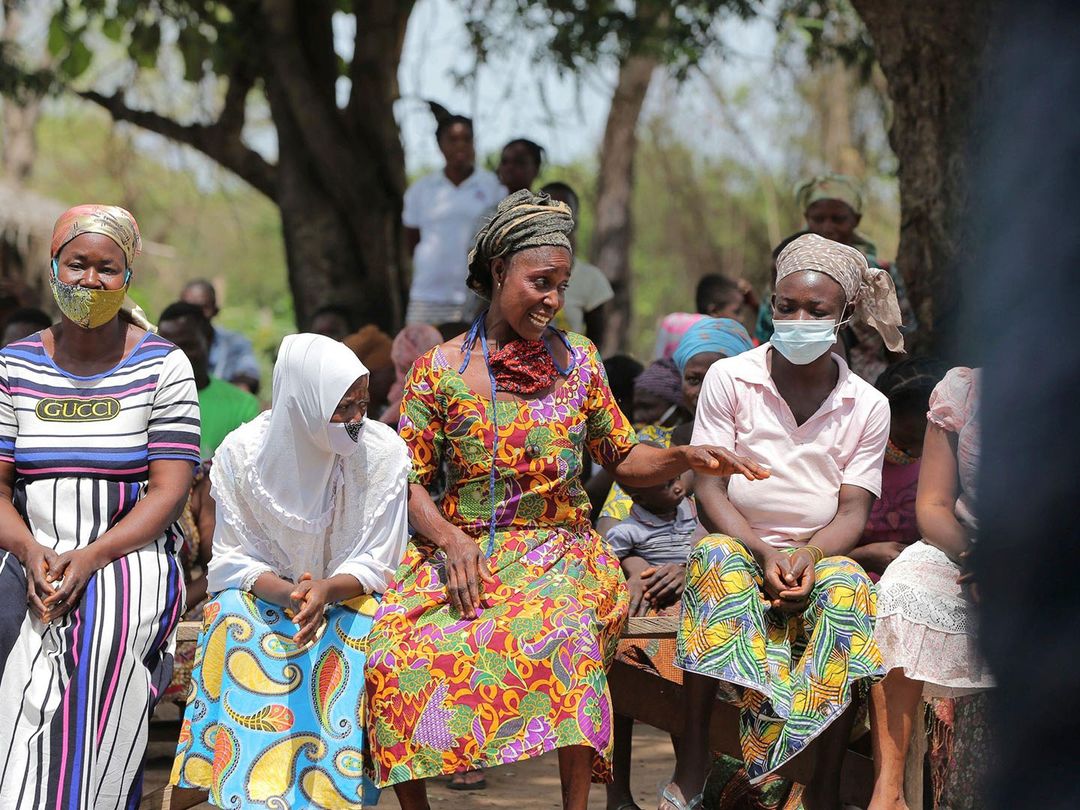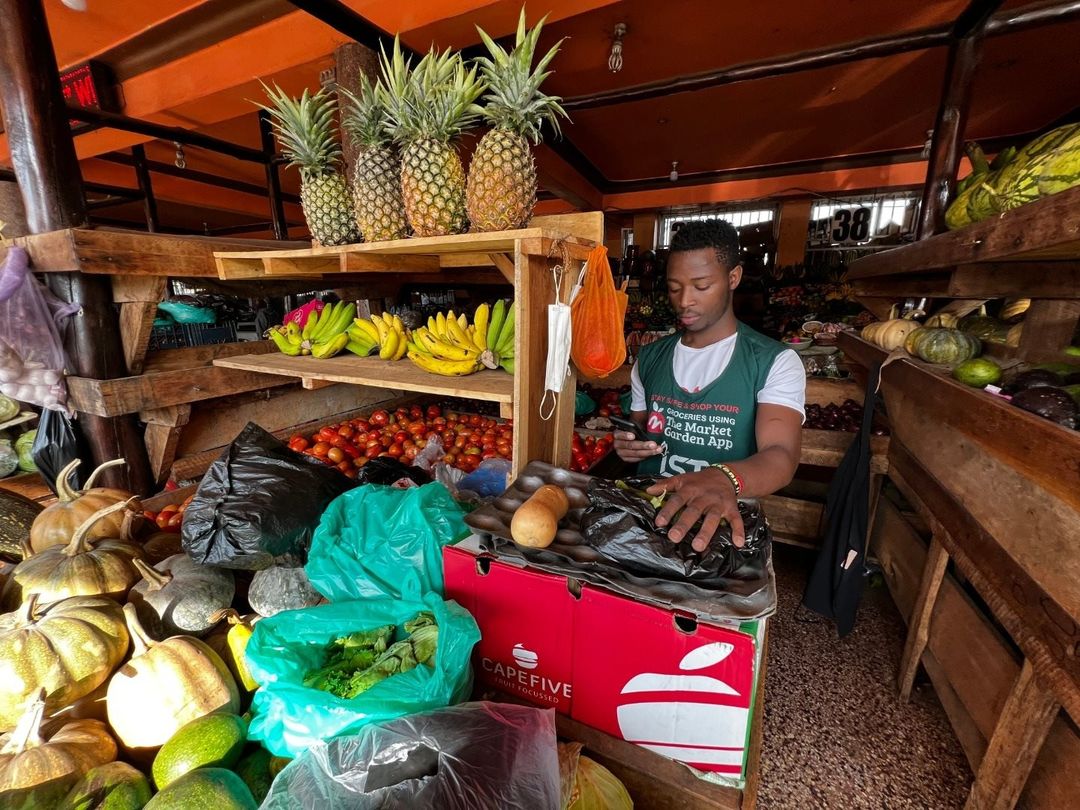
Sustainable Development Goals
The Global Goals
The 2030 Agenda for Sustainable Development, adopted by all Member States in 2015, provides a shared blueprint for peace and prosperity for people and the planet, now and into the future
Mobilizing and deploying capital for development in the least developed countries (LDCs) has never been more critical. The decade of action to achieve the Sustainable Development Goals began with an unprecedented health and socioeconomic crisis that may push up to 32 million more people living in LDCs back into extreme poverty.
Impact Capital for Development
to invest in infrastructure and human development to build institutions, establish market systems, support entrepreneurship, harness the potential of youth and achieve basic standards of living for all, and leave no one behind.
UN flagship catalytic financing entity for the LDCs
UNCDF expands its role as the United Nations flagship catalytic financing entity for the LDCs to include strengthening financing mechanisms and systems for structural transformation.
Deliver more support for the LDCs through the UN
UNCDF combines its Sustainable Development Goal financing capabilities, instruments and sector expertise with the wider development and operational capacities of the United Nations development system to deliver more comprehensive and impactful support for the LDCs.
Build partnerships with private and public actors
UNCDF continues to build partnerships with private and public actors to achieve greater results and development impact and unlock additional resources.
With its unique mandate and focus on the LDCs
UNCDF works to invest and catalyse capital to support these countries in achieving the sustainable growth and inclusiveness envisioned by the 2030 Agenda for Sustainable Development, the Doha programme of action for the least developed countries, 2022–2031, the Addis Ababa Action Agenda, and the Paris Agreement.
01
2030 Agenda for Sustainable Development
A plan of action for people, planet and prosperity.
Learn More02
Doha programme of action for the least developed countries
A new generation of commitments between the LDCs and their development partners.
Learn More03
Addis Ababa Action Agenda
A global financing agenda to contribute to solving social, environmental, and economic challenges.
Learn More04
Paris Agreement
A global agreement that covers climate change mitigation, adaptation, and finance
Learn Morethe Least Developed Countries
1 Billion
Population in the LDCs
1.3% of GDP
% of Global GDP
1.4% FDI
% Foreign Direct Investment
1%
% of Global Exports
UNCDF seeks to accelerate financing for development in the LDCs
by fulfilling its overall financing mandate with capital deployment, financial advisory services and capital catalysation.
UNCDF and the Sustainable Development Goals
The UNCDF vision is that LDCs are able to access and leverage the development impact of capital to enable sustainable and inclusive economic growth and achieve the Sustainable Development Goals.
Local Transformative Finance and the SDGs
Investment in small but transformational infrastructure projects at the local level—feeder roads, bridges, micro hydro, and climate adaptation—can help meet the SDGs.
They create substantial development dividends for food security, women’s economic empowerment, renewable clean energy, climate resilience, and local economic development. This helps to increase local fiscal space, capital formation and, most significantly, output per capita, through the investments themselves and their multiplier effect.
Local development is about improving quality of life at the grassroots level
Investment in small but transformational infrastructure projects at the local level

Inclusive growth requires that capital investments reach all geographic areas
Secondary cities, expanding peri-urban areas, and rural regions need to have their complete Investment needs met.
This accelerates transformative growth and retains value within local economies, avoiding patterns of high growth and low poverty reduction.

Increasing the capacity and fiscal space of local authorities
can empower secondary cities, towns, and rural areas to contribute in important ways to national social and economic development goals.
This calls for an approach that mobilizes public and private resources, especially at the domestic level, for investment in resilient local economies and societies.

Last mile financing models provide seed capital to de-risk the local economic space
These models support the development of a pipeline of bankable projects.
This demonstrates private and public investors how local infrastructure and essential services can generate financial and social returns. It helps bring additional resources to local productive sectors—such as pension funds and bank liquidity.
Financial Inclusion and the SDGs
Financial inclusion is positioned prominently as an enabler of other goals in the 2030 Agenda—featured as a target in eight of the seventeen goals
Digital innovations in the areas of energy, agriculture, health, education, and mobility are already transforming how people access and use a range of services, often riding on the digital finance rails. It offers new opportunities to transform the lives of marginalized populations, particularly women, youth, migrants, refugees/FDPs, MSMEs, disabled, and people living in rural areas.
Financial Inclusion models can support overall economic growth
Financial Inclusion creates more stable financial systems and economies, mobilizes domestic resources through national savings and helps to boost government revenue.

UNCDF's "last mile financing" models provide assistance to financial institutions
such as banks, cooperatives, microfinance institutions, money transfer companies, and mobile network operators so that these entities can extend the reach of financial markets to areas that they normally would not reach.

UNCDF ensures that suitable financial products are available to everyone—leaving no one behind
Individuals, particularly the unbanked and underbanked, as well as micro, small, and medium enterprises have access to a variety of financial products, including savings, credit, insurance, payments, and remittances, at prices that are affordable and on a basis that is ethical and sustainable.

UNCDF promotes women's savings leading to positive economic outcomes
Women are the focus of UNCDF's efforts, and access to savings leads to positive economic outcomes for women, such as increased productivity and profits, as well as increased investment in the women-owned businesses they run. Women who have savings are less likely to liquidate assets to pay for unanticipated medical expenses; their incomes are more stable during times of economic uncertainty; and they have a greater degree of control over the funds available to them.
UNCDF and the International Development Agenda
Ensuring that growth is equitable and sustainable, leaving no one behind, will be a hallmark of SDG achievement.
UNCDF’s finance models that unlock public and private resources, especially at the domestic level, are strongly relevant to the Addis Ababa Action Agenda and the SDGs. Both stress that international public finance remains central to achieving the SDGs.
The financial requirements for LDCs to achieve the SDGs and structural transformation are enormous.
ODA makes up more than two thirds of external finance for LDCs. LDCs can face major constraints in mobilizing other resources for development and in channeling them into social and economic infrastructure and productive investments. Still, there is a need for multiple sources of finance, especially from the private sector, and those resources must work together effectively. This is echoed in the Paris Agreement on climate change.

Sustainable Development Goals
The Sustainable Development Goals are a call for action by all countries—poor, rich and middle-income—to promote prosperity while protecting the planet.
Stay Connected
Get the latest news, resources and insights delivered directly to your inbox